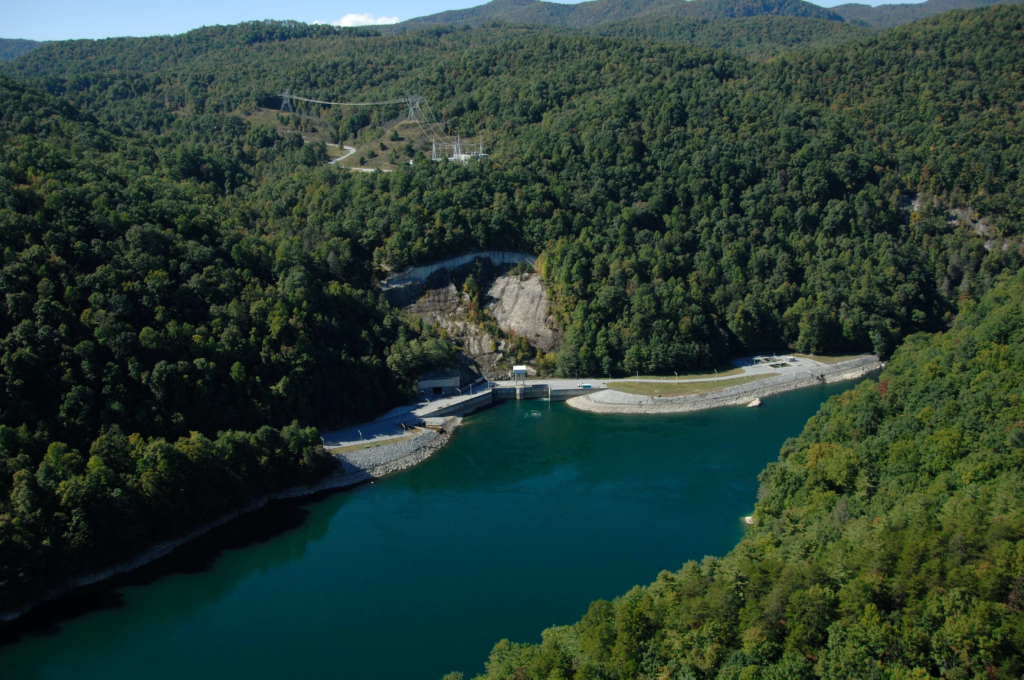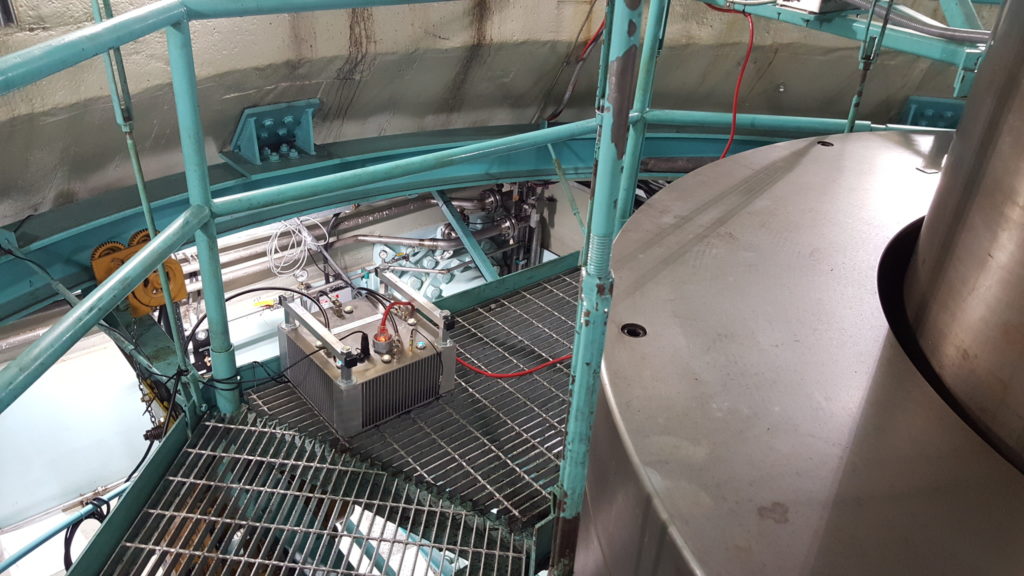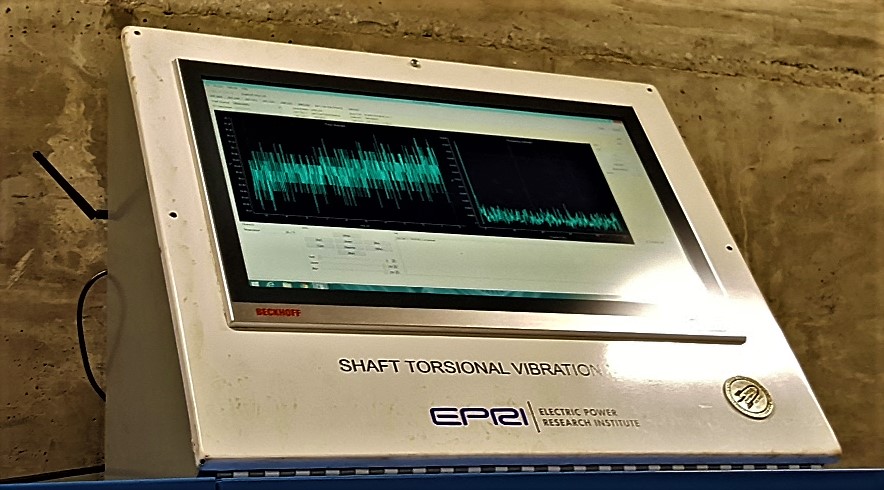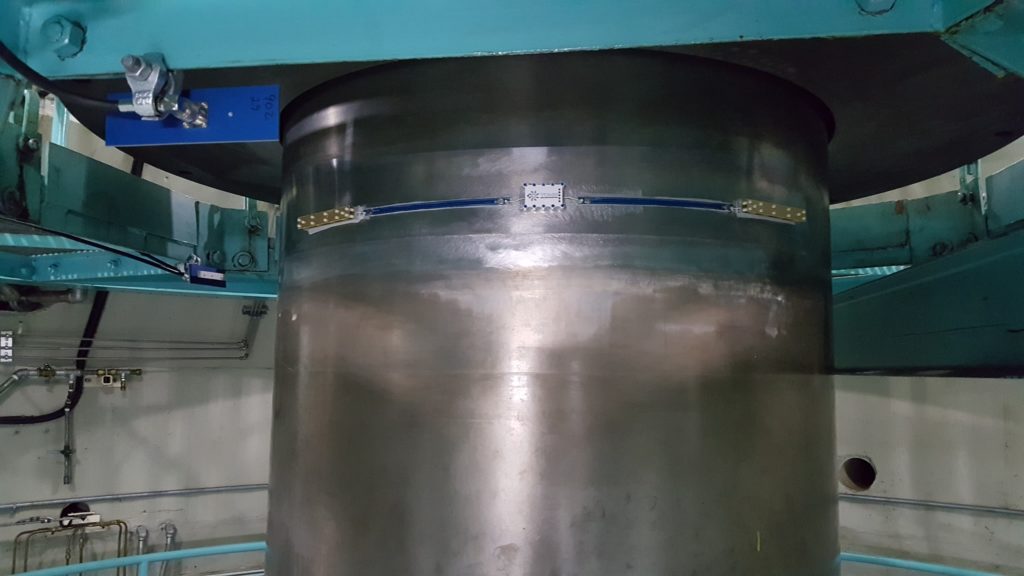Torsional Vibration Sensors Enable Operators to ‘Feel Around’ for Trouble
In 1991, mechanical engineer Eddie Duncan was the lead startup test engineer for Duke Energy’s new Bad Creek Hydroelectric Station near Salem, South Carolina. His mission was to prepare the 1,065-megawatt plant for safe, reliable service.
Today, Duncan still works for Bad Creek but has a new, additional assignment—to increase its power output. This comes at a time when Bad Creek and other Duke Energy power plants serve a growing customer base and operate alongside intermittent renewable energy sources.
“It is exciting to be able to be there for the initial startup and then have the opportunity to be part of the team doing upgrades 30 years later,” said Duncan, now Duke Energy’s director of regional services for regulated renewables.
The upgrades include more than a power boost. Recent changes in hydropower operations are driving new maintenance needs and approaches. Plant staffs are smaller. Many plants are remotely operated, and traveling maintenance crews make rounds regularly. Plants increasingly operate in flexible modes, which include starting and stopping units and operating at lower power levels. Manufacturers are designing plant equipment to be lighter and more efficient.
With this new direction for hydropower, EPRI researchers are working with utilities such as Duke Energy to improve sensor applications and monitoring systems to help catch minor problems before they become major ones.
One potential problem that’s difficult to monitor in hydropower turbines is torsional vibration, which occurs when objects twist.
“Torsional vibration is difficult to detect with standard vibration monitoring equipment, and most torsional vibration monitoring systems are expensive,” said Clay Boyd, who monitors the condition of hydropower plants for Duke Energy. “Some utilities have had catastrophic failures due to a torsional vibration problem, but they are fairly rare.”
“We’ve seen multiple cases of shaft failure or shaft coupling hardware failure in the hydropower industry,” said EPRI Senior Project Manager Megan Nesbitt. “These failures may have been caused or compounded by torsional vibration.”
Several years ago, EPRI engaged New Hampshire–based Suprock Technologies to collaborate with EPRI to develop and commercialize the Turbine Dynamics Monitoring System, a collection of sensors that continuously monitor turbines in nuclear and fossil power plants for torsional vibration, torsional strain, axial strain, and axial vibration.
Unlike other torsional vibration sensors, this monitoring system uses radio frequency transmitters for power and data transmission, so operators don’t have to stop the turbine to replace batteries or download data. The readout is a set of vibrational frequencies that can be analyzed to identify problems with components.
EPRI is collaborating with Bad Creek, a pumped hydro storage facility, to adapt this system for use with turbines and other components in hydro plants.
To account for the slower rotational speed of hydro turbines relative to steam turbines, the team added an extra antenna to the monitoring system and deployed it on Bad Creek’s turbine shaft and rotor in 2017. For about a year, a technician collected data from the sensors regularly. To collect supporting data, researchers tested auxiliary sensors on other plant components such as the gates.
According to Duke Energy’s Duncan, the utility plans to upgrade the facility from 350 to 420 megawatts by altering the design of the turbine runner. Data from the monitoring system will enable engineers to compare the old and new turbines.
“By using the sensors, we’ve identified frequencies of concern that indicate torsional vibration,” said Duncan. “We can use this information to pinpoint problems with the new turbine design.”
The monitoring system also revealed the plant’s normal vibrational frequencies so that operators will know when it malfunctions. For example, the team found that each of the facility’s two operational modes—generating electricity and pumping water into the upper reservoir—produced different frequency signatures.
Another observation gleaned from the system’s readouts: Seasonal changes in lake level and water temperature affected the water’s path and the rotor dynamics.
“Hydro plants are akin to living systems,” said Chris Suprock, principal investigator of Suprock Technologies. “Understanding their regular behavior can help you avoid misdiagnoses.”
EPRI is developing software to enable operators to collect and analyze vibrational data automatically and in real time. This will help run plants with smaller staffs.
“Innovative application of sensors can inform hydropower owners and operators on the health, operation, and efficiency of their plants,” said Nesbitt. “This can provide insights previously not available and result in increased reliability as the use of hydropower plants changes.”
‘We Listen, We Look, We Smell’
For decades, humans have served as essential ‘sensors’ for monitoring hydropower plants.
When opening the gates and flipping the switches for the first time in a new or refurbished hydro facility, the operators position people around the plant so that the startup goes smoothly.
“We’ll probably have two people up top, two people near the generator, two people in the turbines, some people down below, all paying close attention for anything unusual,” said EPRI Senior Program Manager Megan Nesbitt. “We listen, we look, we smell.”
Unusual sounds, sights, smells, and sensations will tell them if something unexpected has happened in the plant’s systems, directing technicians to inspect. An oily acrid smell might indicate a malfunctioning pump that needs to be replaced. A bearing might run a little hot—though an operator might know that this particular component always runs a little hot and that it’s nothing to worry about.
“Some operators will even say, ‘I was on the headcover today, and it seemed to be vibrating a little more than usual,’” said Nesbitt. “That sounds a little subjective, but these people know their plants.”
Key EPRI Technical Expert:
Megan Nesbitt
For more information, contact techexpert@eprijournal.com.










